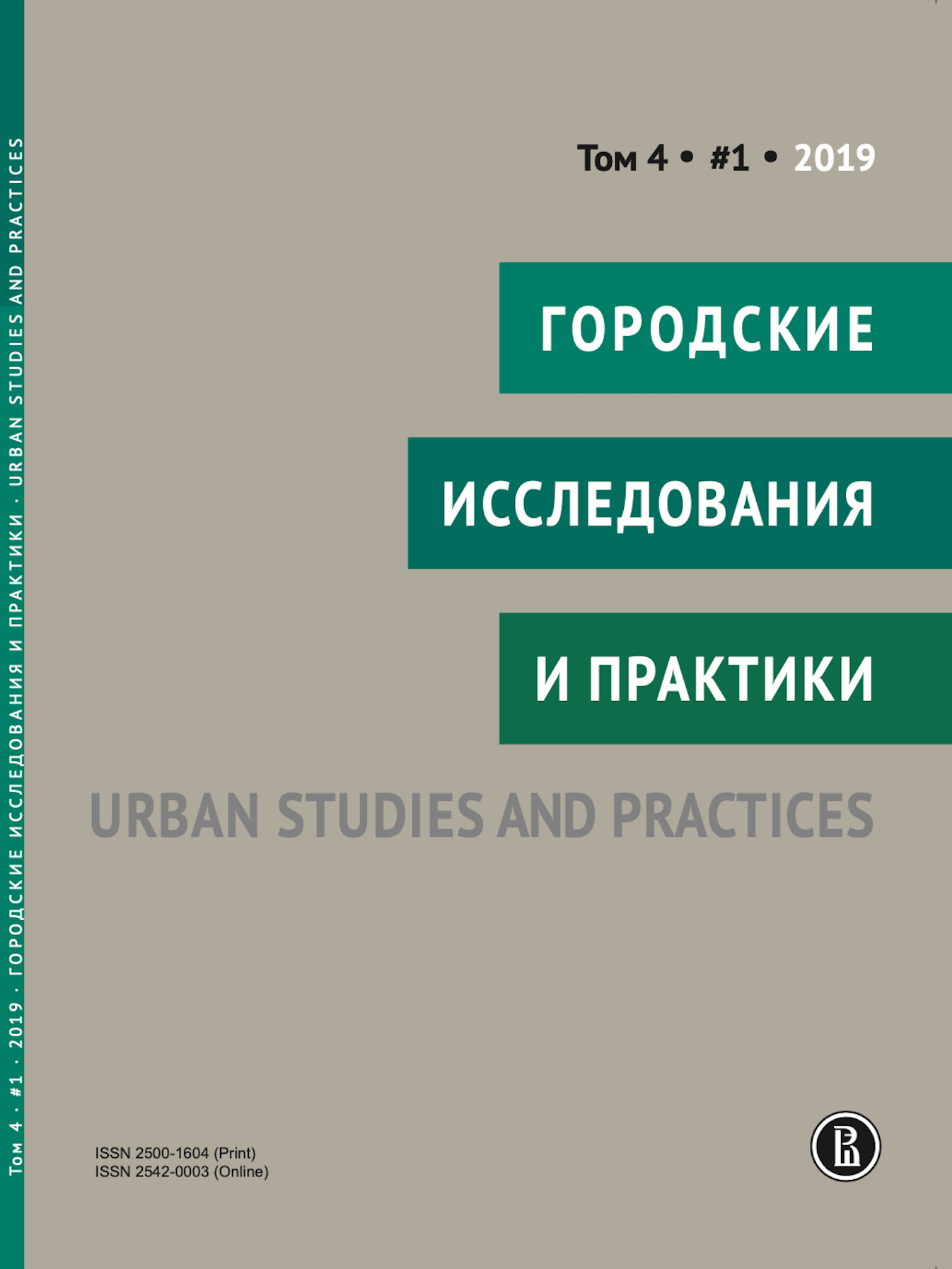Homophily or Proximity? The Structure of the Social Relations of Students on the City Scale
* Статья содержит упоминание запрещенных в Российской Федерации социальных сетей. Номер был подготовлен до решения суда о запрете деятельности указанных социальных сетей. Упоминание осуществляется исключительно в научных целях и не нацелено на одобрение экстремисткой деятельности
Abstract
There are two factors that are generally considered key in the formation of social networks. One is homophily or the tendency of similar individuals to connect with each and the other is geographical proximity. The roles of homophily and proximity, however, are rarely compared. This means that there are no good estimates of the relative importance of these two mechanisms. We use data from 631 schools of the Samara and Tomsk regions to compare the role of homophily by academic performance and interests with the role of geographical proximity in the formation of online social ties between students from different schools. We analyzed information on friendship ties between 20,000 users of VKontakte (the most popular social networking site in Russia) from these schools. We find that geographical proximity is the key factor in the formation of social ties: the probability of a friendship tie between geographically close schools is high (60–85%), but it rapidly decreases with distance and is less than 5% for schools that are far apart from each other. We also find that homophily plays a less important role although similarity in interests has a higher predictive power for the probability of a friendship tie than similarity in academic performance. The results are similar for both regions, which might indicate their universal nature.
Our results indicate that, even in the digital age, the key factor in the formation of social ties is proximity while homophily determines social ties to a lesser extent.

